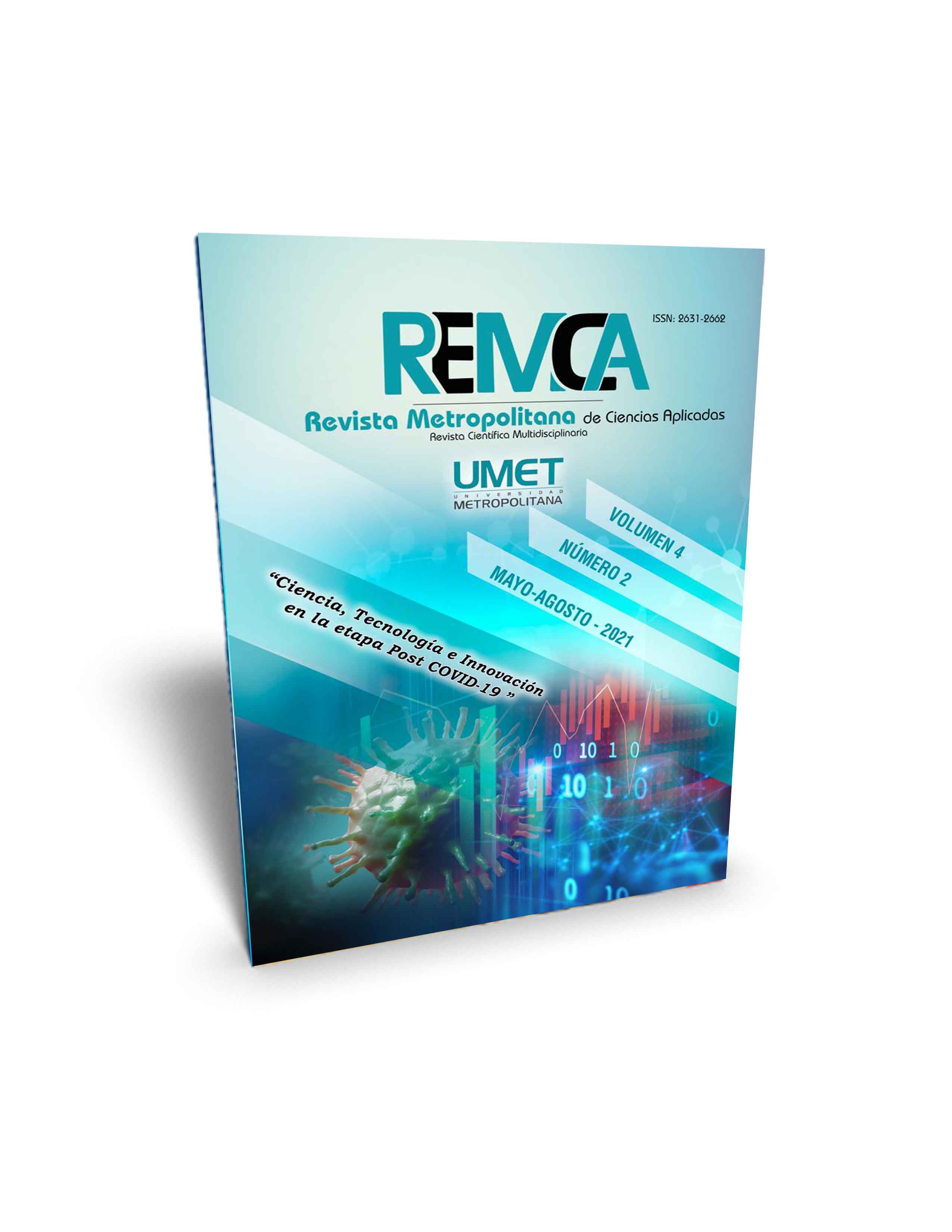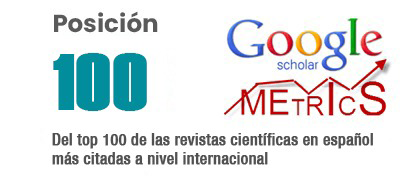Economic impact of banana production in Ecuador in the period 2008- 2016
DOI:
https://doi.org/10.62452/n8zndt33Keywords:
Economic impact, PIB, banana production, economyAbstract
The production of the agricultural sector in Ecuador has increased considerably in recent years, in this work we will learn about how the banana sector in Ecuador has directly and indirectly impacted the economy of the country in the period 2008 - 2016. This research work is carried out in order to know how important banana production is for the country and how it favored or affected the Ecuadorian Gross Domestic Product (GDP). For this, the investigation will be carried out based on economic figures based on official sites that contribute to the investigative topic on the banana production carried out in Ecuador. In this case, it will be observed how banana production influenced Ecuador and how it showed that this was positive for the country, since through new agricultural practices on this type of production they improved economic stability and increased their way of producing and marketing this product. The new agricultural practices directly benefited the country's GDP, which strengthened the types of commercialization that the market demands today for this type of product, generating better trade opportunities for the country to generate a better economic entry.
Downloads
References
Aguilar Ramón, R. R. (2015). La producción y exportación del banano y su incidencia en la economia ecuatoriana en el periodo 2008 – 2013. (Trabajo de titulación). Universidad de Guayaquil.
Aguilar, L., Blancas, E., & Yulán, N. (2012). Proyecto de inversión para el desarrollo de la producción de banano orgánico ecuatoriano y su exportación a Hamburgo-Alemania (Tesis de Pregrado). Escuela Superior Politécnica del Litoral.
Banco Central del Ecuador. (2019). Reporte de Coyuntura Sector Agropecuario (Reporte). https://contenido.bce.fin.ec/documentos/PublicacionesNotas/Catalogo/Encuestas/Coyuntura/Integradas/etc201804.pdf
Campuzano Vera, A. M. (2010). Efecto del tipo de producción de banano "Cavendish" en su comportamiento postcosecha. (Tesis de Pregrado). Escuela Superior Politécnica del Litoral.
Cepeda, J. (1993). Fertilización con abono orgánico. (Ponencia). Seminario de taller internacional sobre fertilidad en nutrición sobre banano y plátano. Santa María, Colombia.
Corporación Financiera Nacional. (2017). Ficha Sectorial (Banano y Plátano). Informe de actividad agrícola en el Ecuador, Economía. https://www.cfn.fin.ec/wp-content/uploads/2017/09/Ficha-Sectorial-Banano.pdf
Danckers, C. (2004). Las normas socales y ambientales, la certificación y el etiquetado de cultivos comerciales. Organización de las Naciones Unidas para la Agricultura y la Alimentación.
Ecuador. Instituto Nacional de Estadisticas y Censos. (2017). Tercer Censo Nacional Agropecuario. INEC. https://www.cfn.fin.ec/wp-content/uploads/2017/09/Ficha-Sectorial-Banano.pdf
Ecuador. Instituto Nacional de Estadisticas y Censos. (2019). 2018: Seis cultivos con mayor producción en Ecuador. INEC. https://www.ecuadorencifras.gob.ec/2018-seis-cultivos-con-mayor-produccion-en-ecuador/
Ecuador. Ministerio de Agricultura y Ganadería. (2019). 2018: Seis cultivos con mayor producción en Ecuador. MAGAP. http://ecuadorencifras.gob.ec/2018-seis-cultivos-con-mayor-produccion-en-ecuador/
Ecuador. Ministerio de Agricultura, Ganadería, Acuacultura y Pesca. (2015). MAGAP apoya a pequeños bananeros para obtener certificaciones internacionales. MAGAP. https://www.agricultura.gob.ec/magap-apoya-a-pequenos-bananeros-para-obtener-certificaciones-internacionales/
Ecuador. Ministerio de Agricultura, Ganadería, Acuacultura y Pesca. (2016). Fortalecimiento de pequeños productores de banano orgánico; integración de actores, manejo sostenible de plagas y estrategias de salud de suelos. MAGAP.
Fierro Ulloa, I. J., & Villacres Rojas, C. E. (2014). Diagnóstico de la cadena logística de exportación del banano ecuatoriano hacia Estados Unidos de América. Universidad Espíritu Santo.
Fondo Regional de Tecnología Agropecuaria. (2004). Innovaciones tecnológicas para el manejo de la calidad y salud de suelos bananeros de América Latina y el Caribe. http://s1.fontagro.org/proyectos/innovaciones-tecnol%C3%B3gicas-para-el-manejo-y-mejoramiento-de-la-calidad-y-salud-de-suelos-ba
Gómez Luna, E., Fernando Navas, D., Aponte Mayor, G., & Betancourt Buitrago, L. (2014). Metodología para la revisión bibliográfica y la gestión de información de temas científicos, a través de su estructuración y sistematización. DYNA: revista de la Facultad de Minas. Universidad Nacional de Colombia, 81(184), 158-163.
Larrea, C., Espinoza, M., & Sylva, P. (1987). El banano en el Ecuador: Transnacionales, Modernizacion y Subdesarrollo. Corporación Editora Nacional.
Montalvo, C. (2008). La estructura vertical del mercado bananero para el Ecuador y el carácter limitado de las reformas de comercio internacional. Revista Tecnológica ESPOL, 21(1), 165-179.
Organización de las Naciones Unidas para la Alimentación y la Agricultura. (2012). Panorama general del comercio internacional del banano certificado. FAO. http://www.fao.org/docrep/pdf/012/i0529s/i0529s02.pdf
Downloads
Published
Issue
Section
License
Copyright (c) 2021 Roberto Xavier Quezada Veliz, Héctor Carvajal Romero, Salomón Barrezueta Unda (Autor/a)

This work is licensed under a Creative Commons Attribution-NonCommercial-ShareAlike 4.0 International License.
Authors who publish in Revista Metropolitana de Ciencias Aplicadas (REMCA), agree to the following terms:
1. Copyright
Authors retain unrestricted copyright to their work. Authors grant the journal the right of first publication. To this end, they assign the journal non-exclusive exploitation rights (reproduction, distribution, public communication, and transformation). Authors may enter into additional agreements for the non-exclusive distribution of the version of the work published in the journal, provided that acknowledgment of its initial publication in this journal is given.
© The authors.
2. License
The articles are published in the journal under the Creative Commons Attribution-NonCommercial-ShareAlike 4.0 International License (CC BY-NC-SA 4.0). The terms can be found at: https://creativecommons.org/licenses/by-nc-sa/4.0/deed.en
This license allows:
- Sharing: Copying and redistributing the material in any medium or format.
- Adapting: Remixing, transforming, and building upon the material.
Under the following terms:
- Attribution: You must give appropriate credit, provide a link to the license, and indicate if any changes were made. You may do this in any reasonable manner, but not in any way that suggests the licensor endorses or sponsors your use.
- NonCommercial: You may not use the material for commercial purposes.
- ShareAlike: If you remix, transform, or build upon the material, you must distribute your creation under the same license as the original work.
There are no additional restrictions. You may not apply legal terms or technological measures that legally restrict others from doing anything the license permits.




